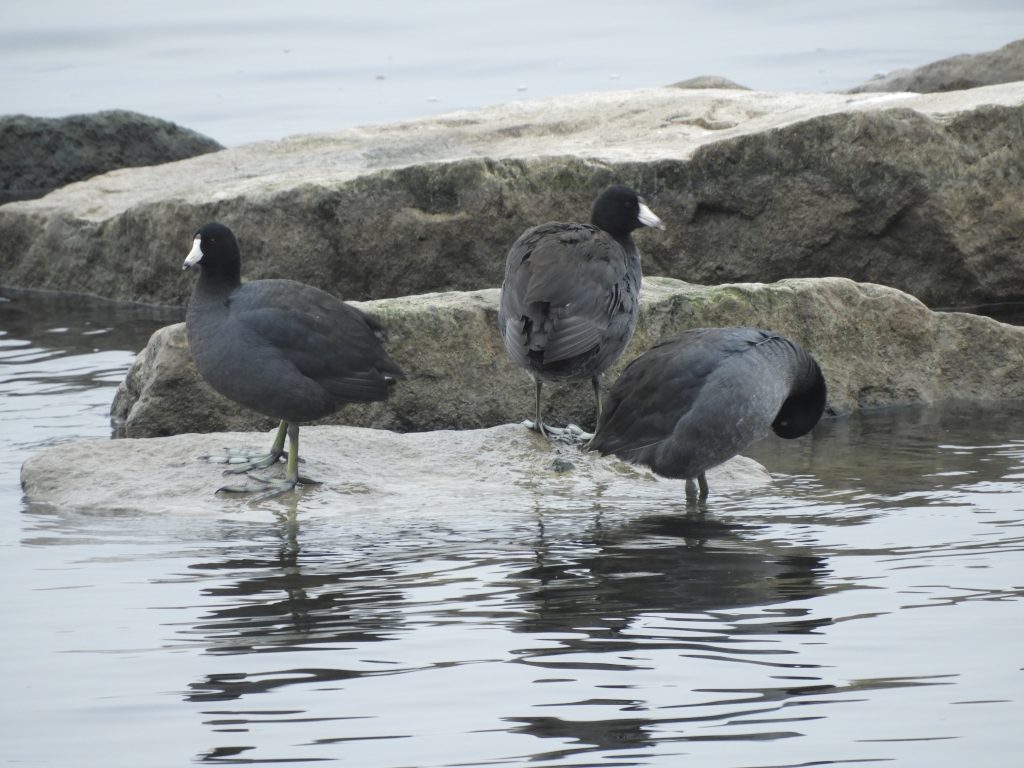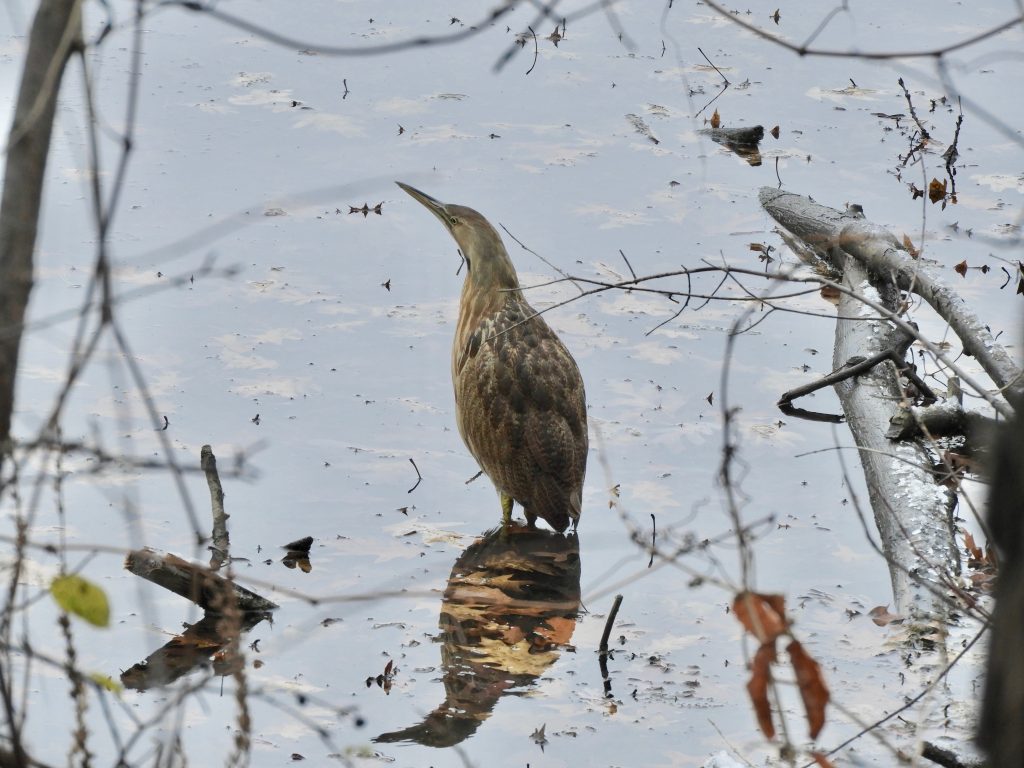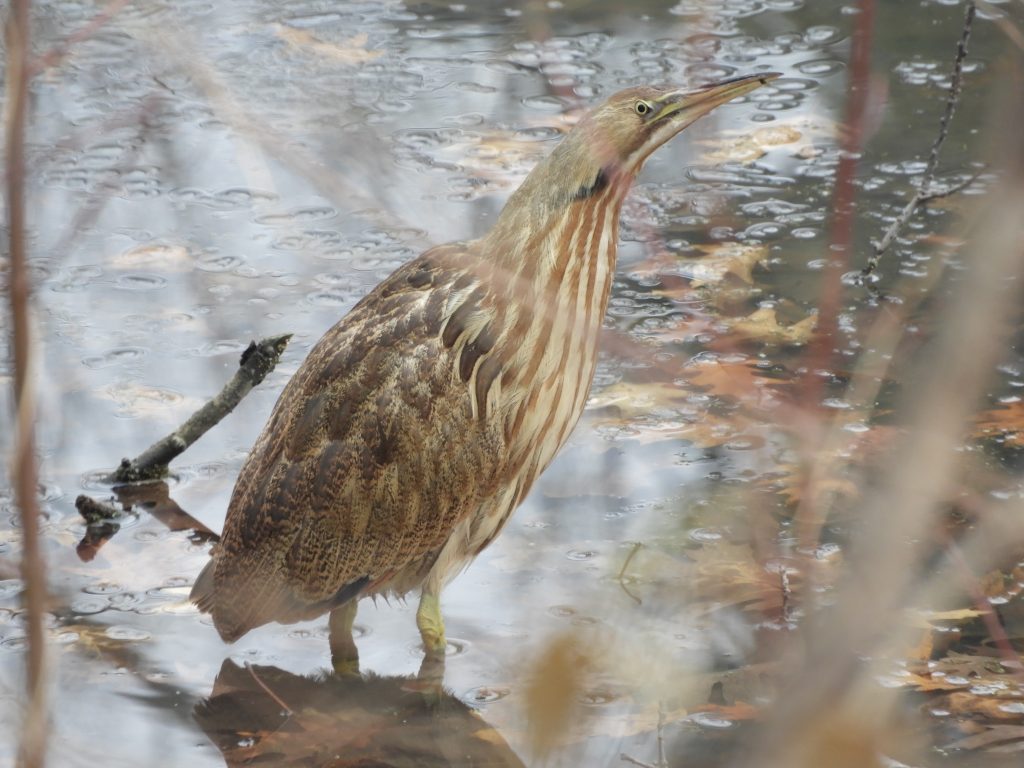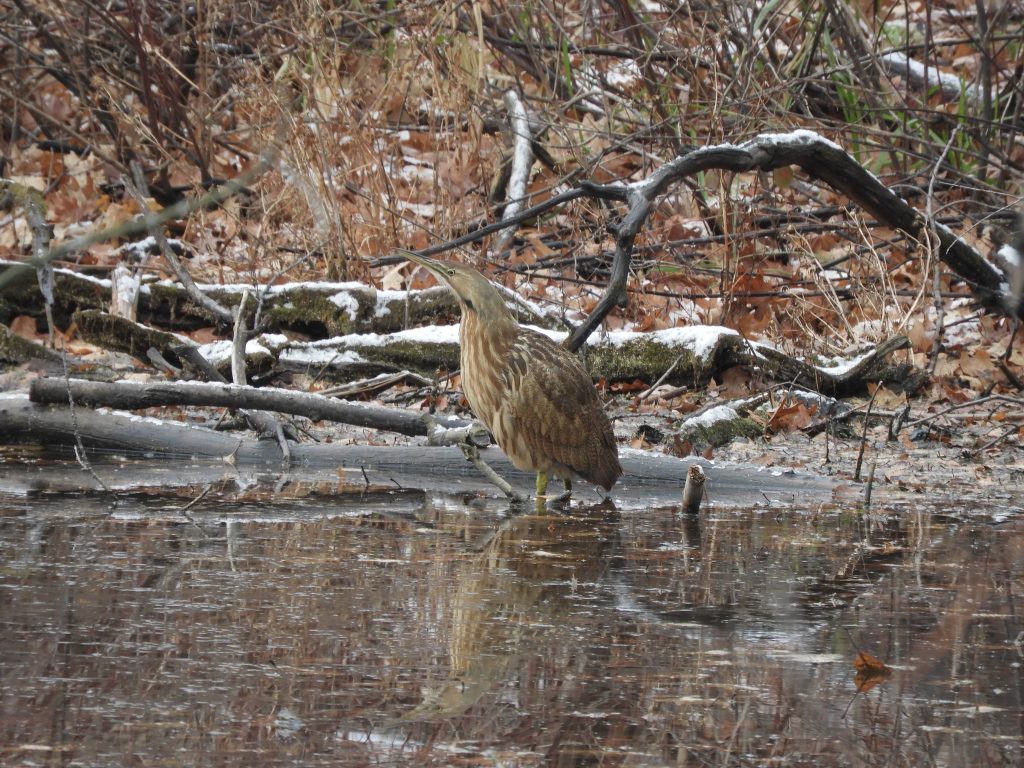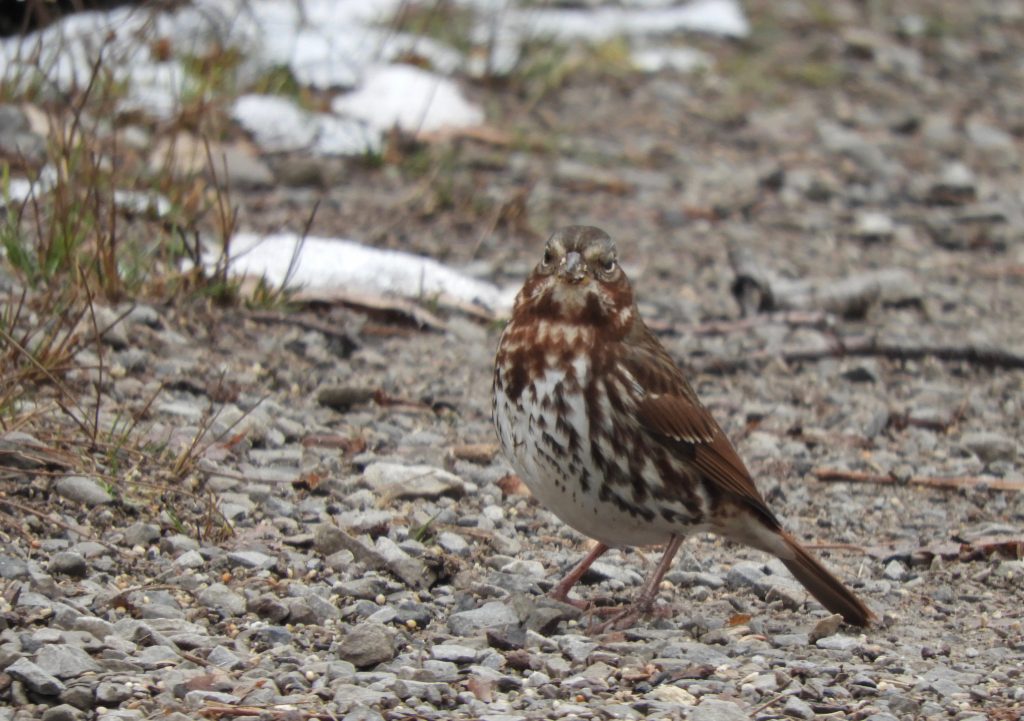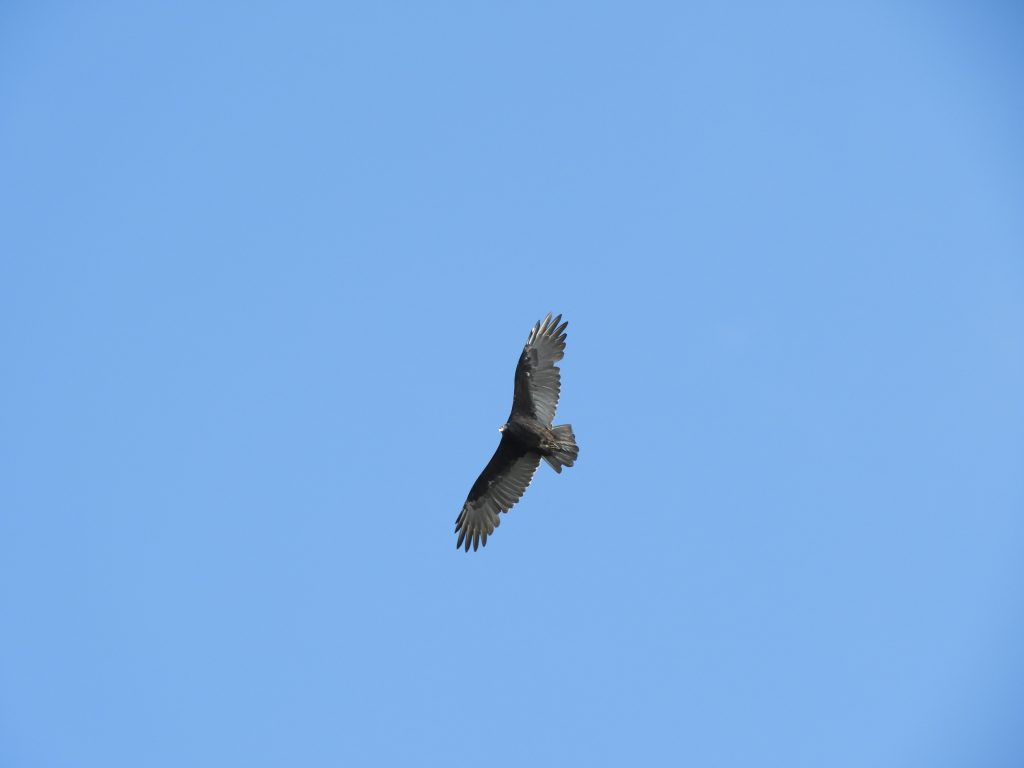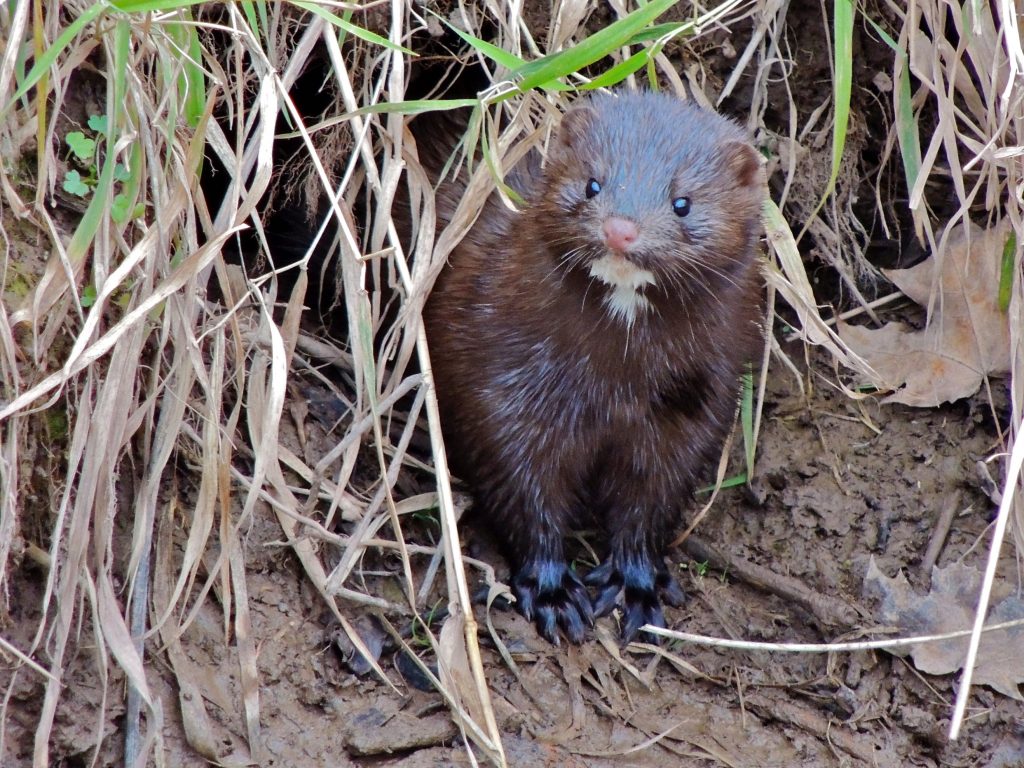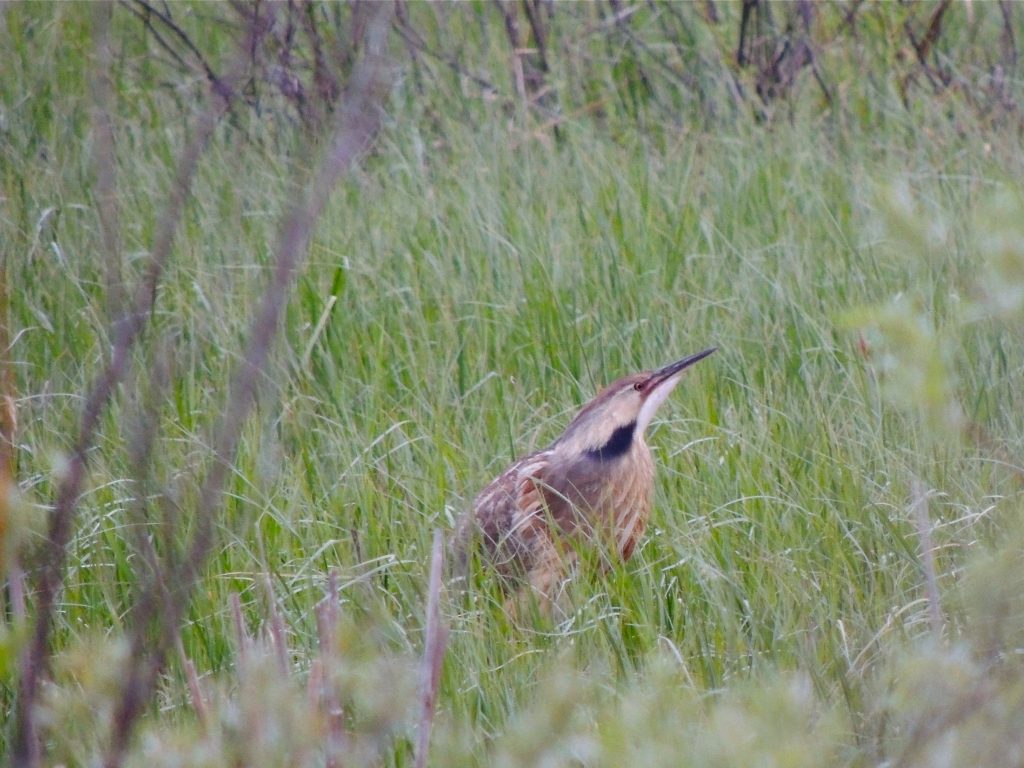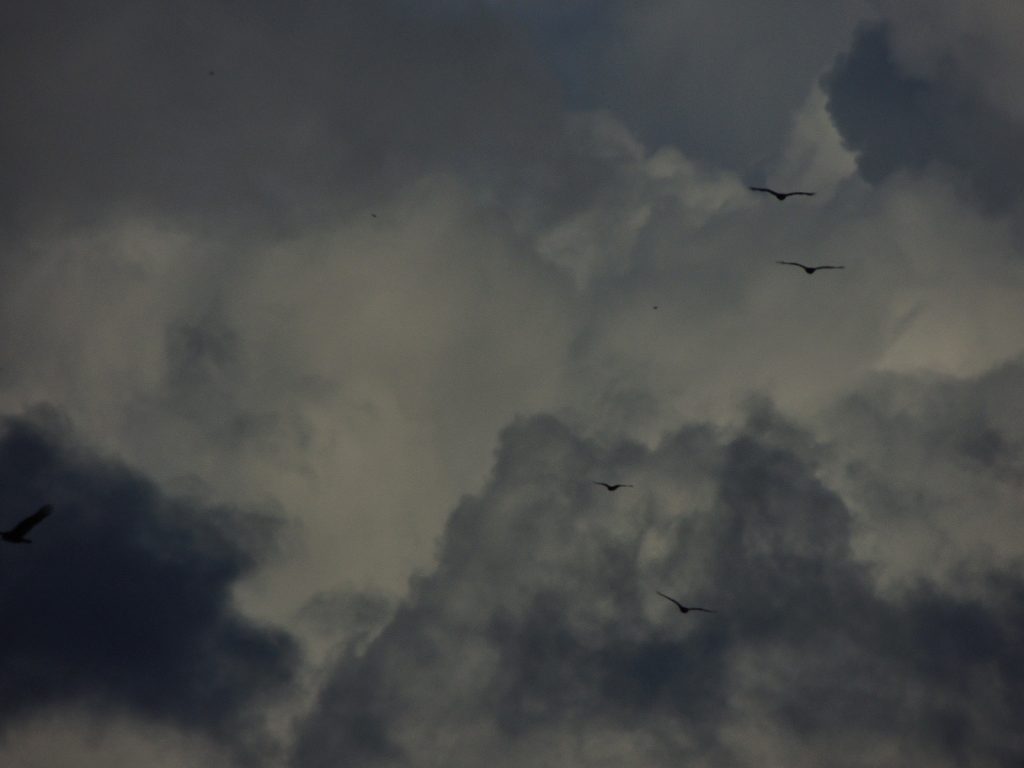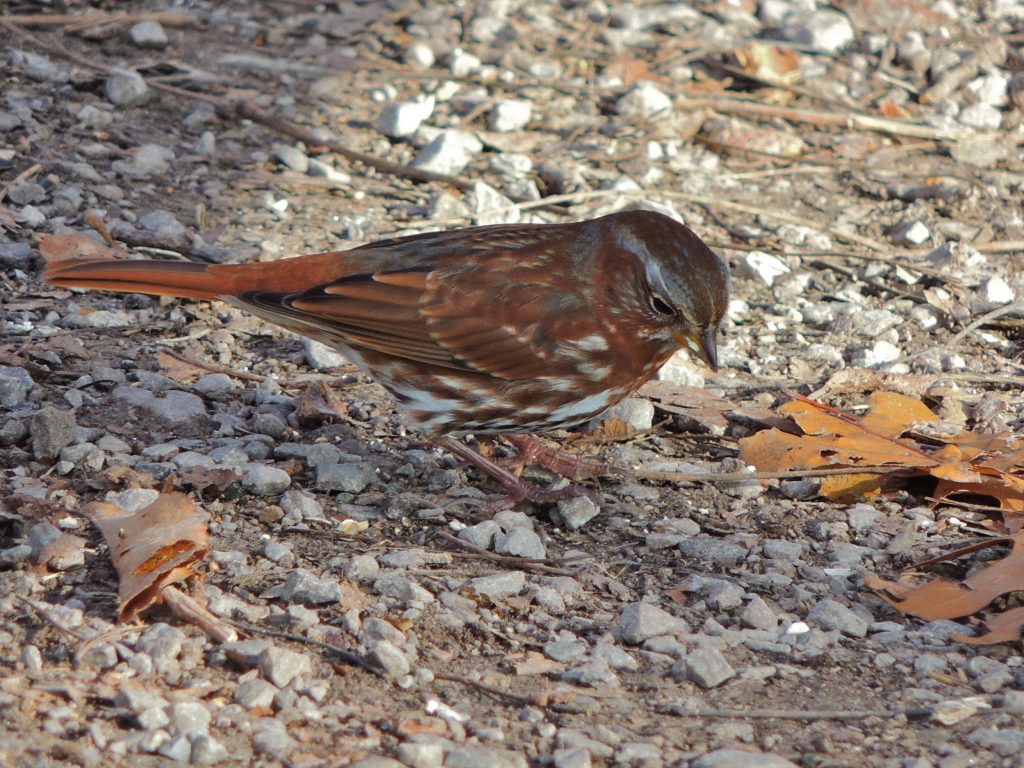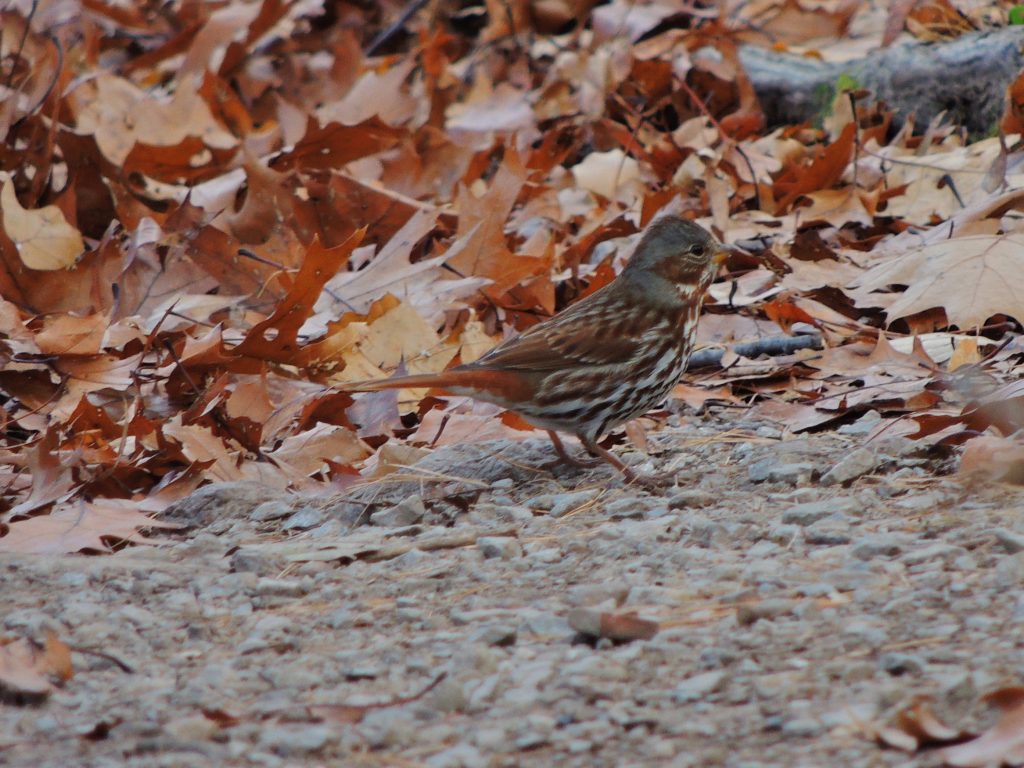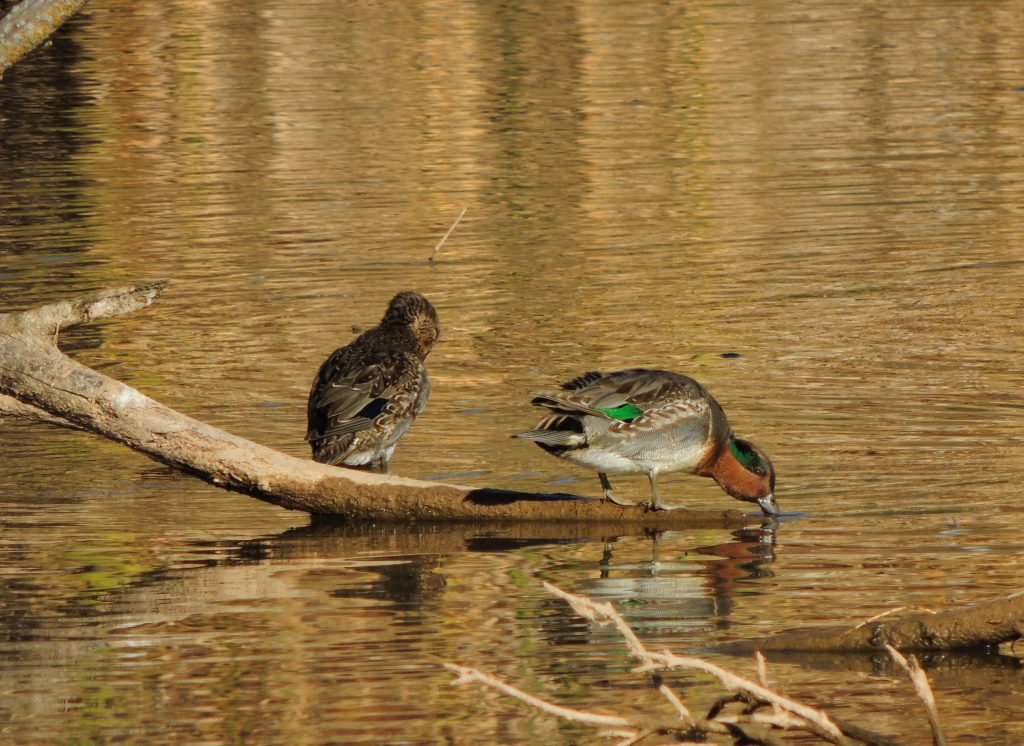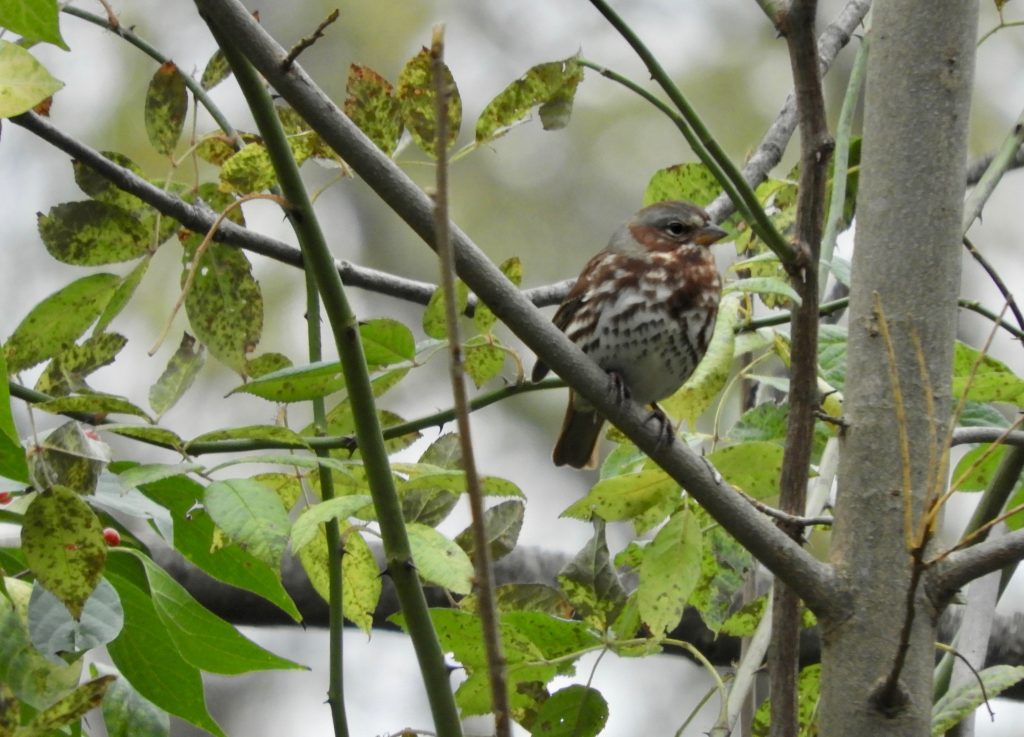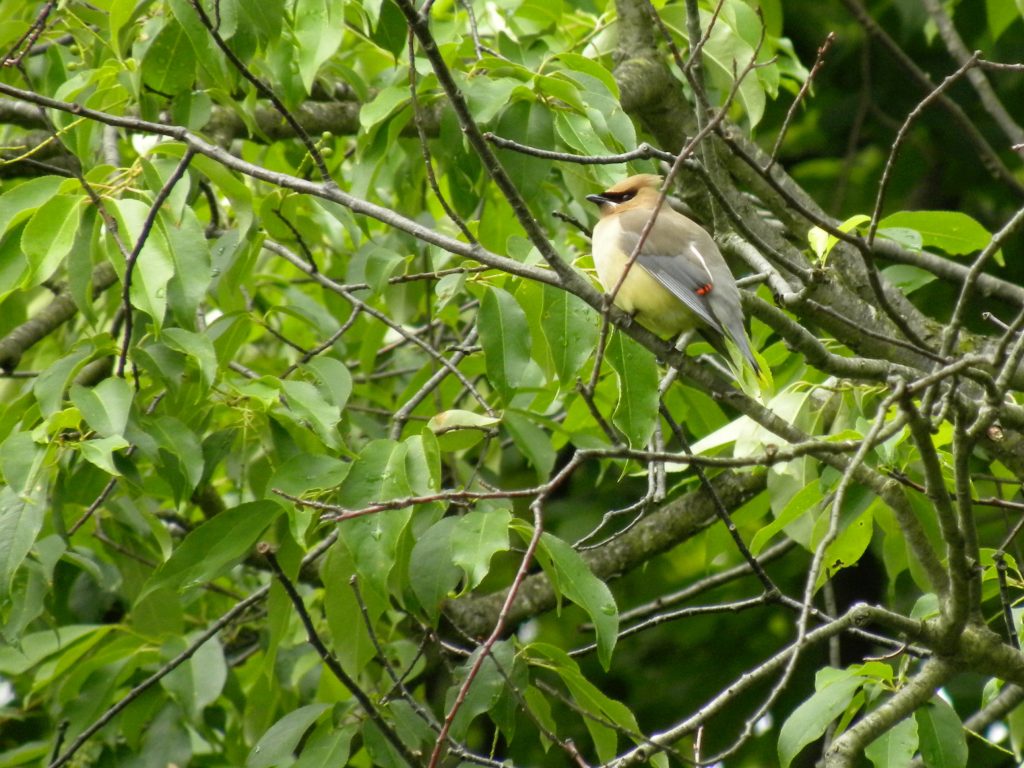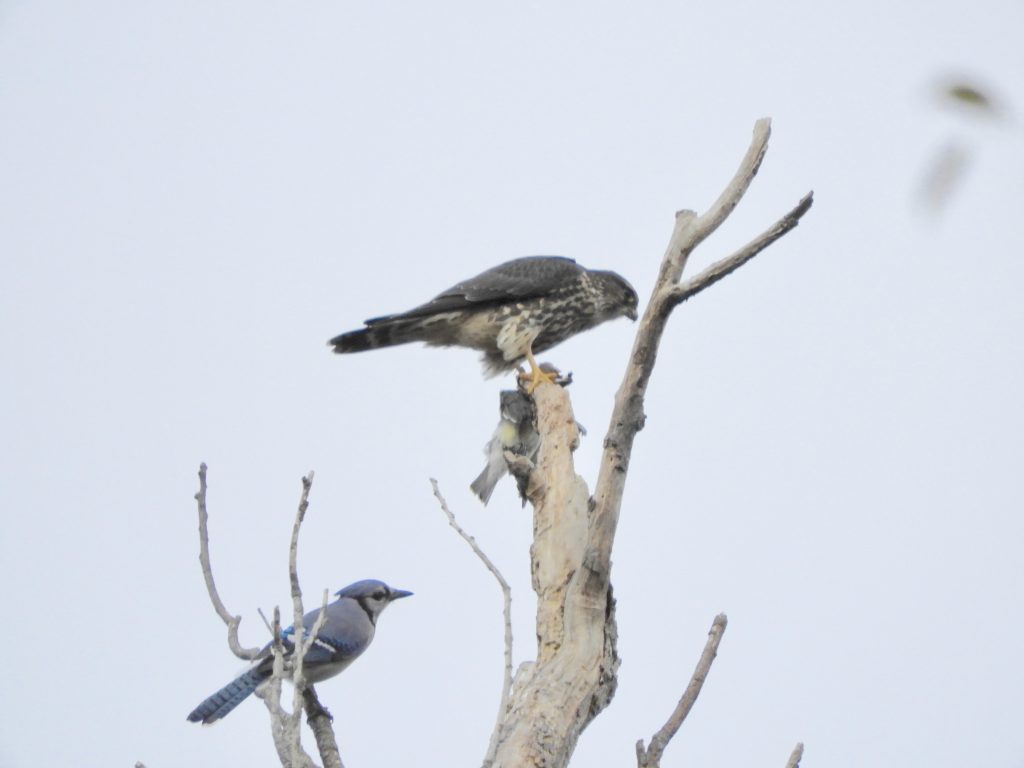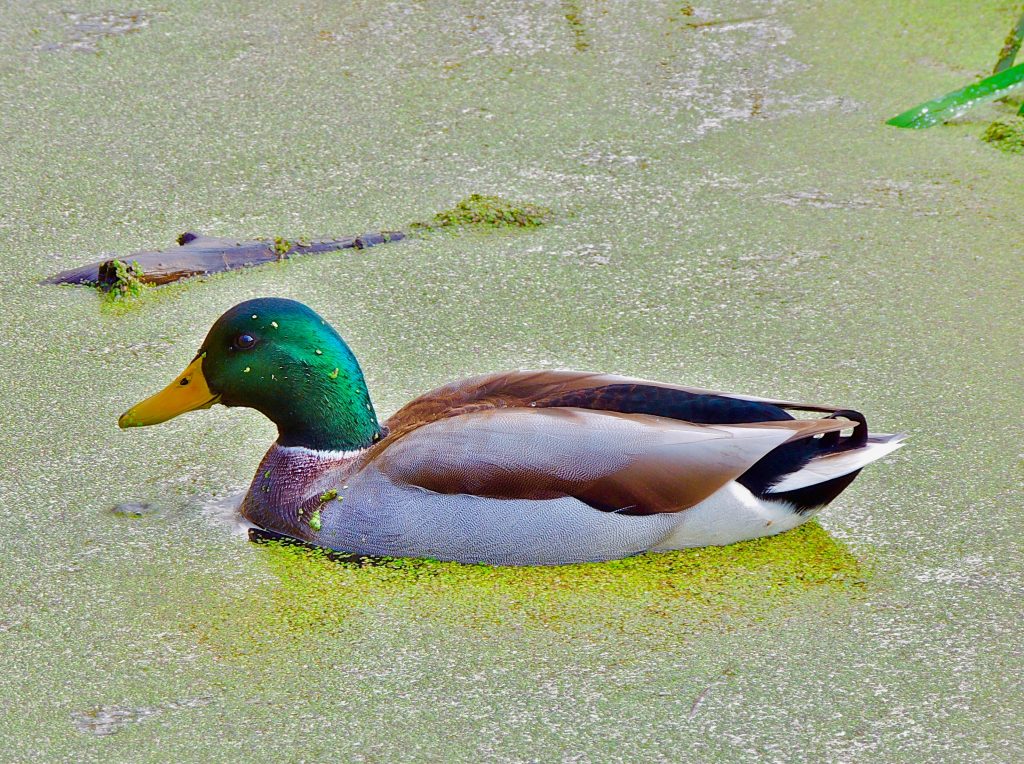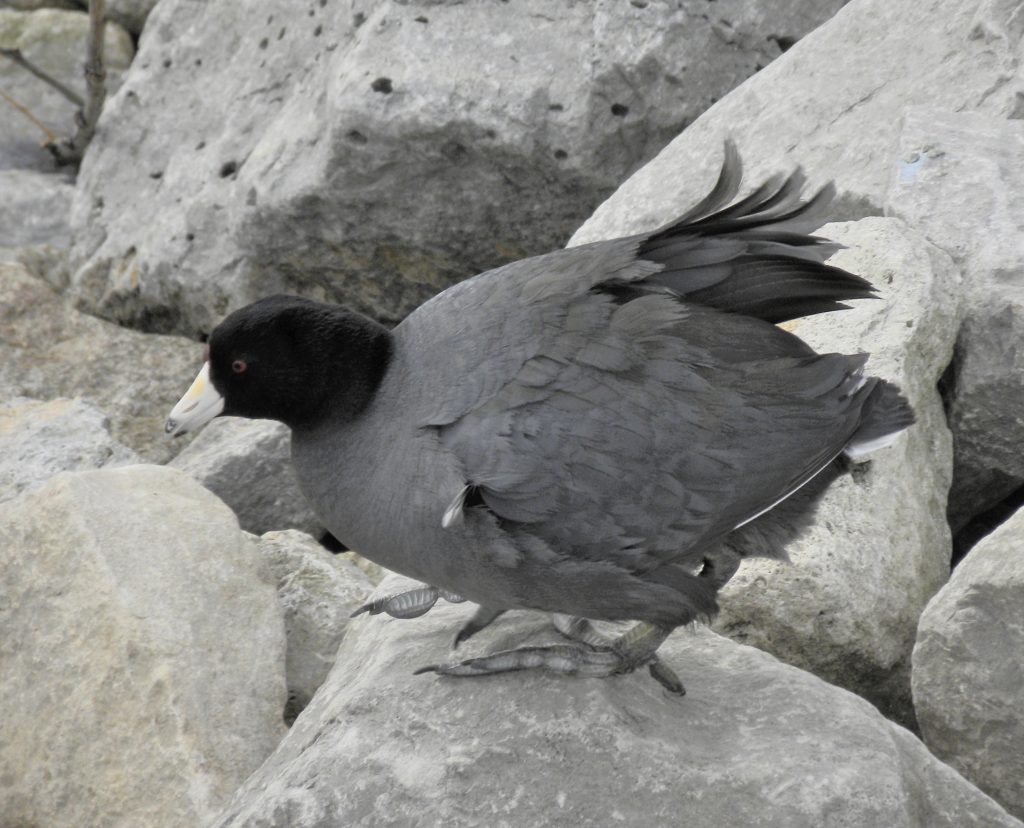
Hamilton Harbour, Hamilton, ON. November 25rd. 2020. I have drafted, redrafted, written, edited and rewritten this post many times. After several hundreds of words mired in a meaningless “Compare and Contrast’ discussion of ducks’ and coots’ feet, I scrapped the whole thing. (But, if you find that narrow topic somehow fascinating, leave me a comment). But really all I’d wanted to do was shine a little light on today’s Bird of the Day, American Coots.
Coots and Moorhens in general, are superficially duck-like inasmuch as they inhabit ponds and lakes, swim around and forage for aquatic vegetation; but they’re not ducks at all. They are members of the very large (159 species), Rail or Rallidae family. Drawn from that family Virginia Rail, Clapper Rail and Sora –have all brightened these pages from time to time.
Rails are often sweepingly described as chicken-like, which is appropriate for some, but Dodo-like might be more apt for coots; size difference notwithstanding. Take a look at this one.
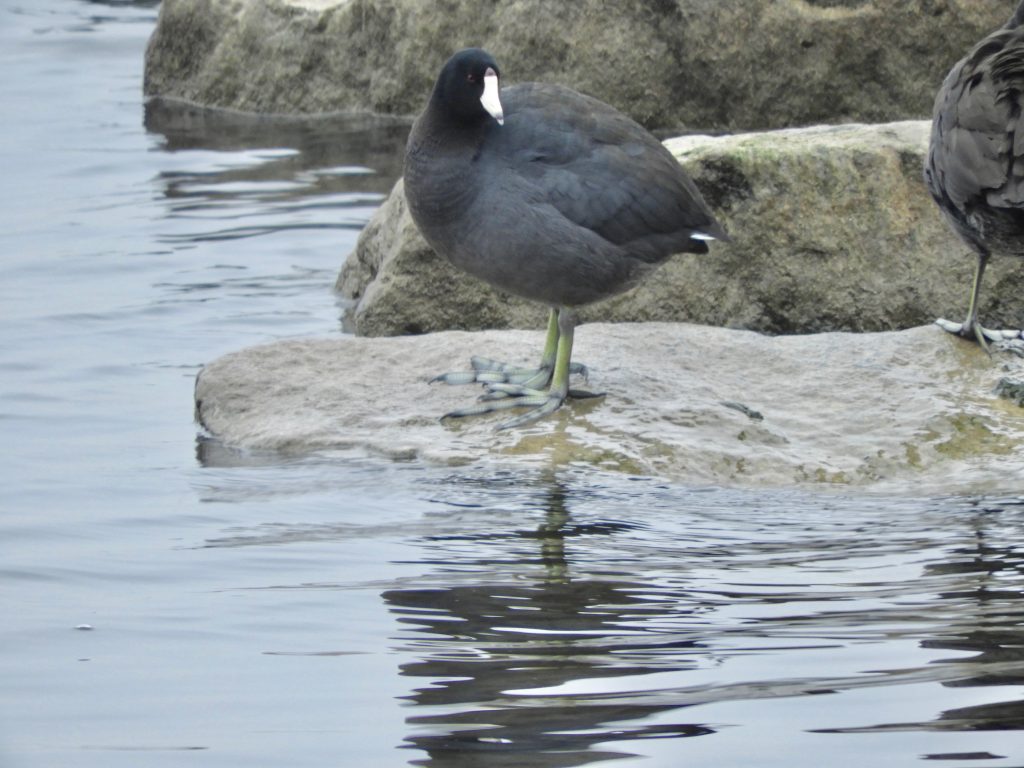
This day, as I walked a waterside trail, there were many American Coots muddling around at the water’s edge. We see plenty of them through the winter months, but in spring and summer most make their way to the central prairie states and provinces where they find the thickly vegetated, deep-water, pothole habitat they need for breeding.
The day was heavily overcast, there was rain in the air, and it’s late November. All of which is to make the point that the light was low and photography difficult. American Coots are pretty well entirely sombre grey which made it hard for my camera to focus. I took about 50 photos and discarded nearly all, still, not too bad in the end. American Coot – My Bird of the Day.
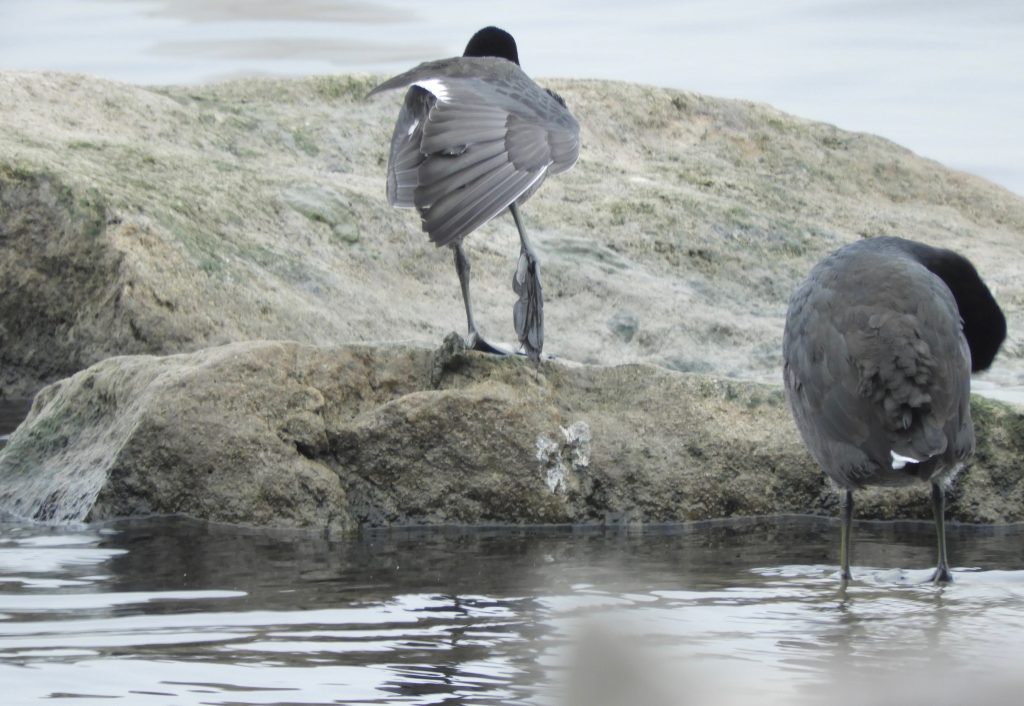
(Well, I guess I can’t let it go so, touching briefly on the matter of their feet it is passably interesting how evolution has variously adapted the feet of birds that swim: Webbed feet in the case of ducks, geese, swans, cormorants and gulls, and lobed feet for coots and grebes. I’m not aware of any studies of comparative swimming efficiency but one thing coots have over web-footed birds is that they are adept at walking and running. And ducks don’t run! Enough!)
